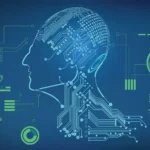No blog posts found.
We’re Delivering the best customer Experience
Useful Links
Contact Information
-
-
-
8, The Green, Suite B, Dover, DE - 19901
© Copyrights 2025 Priority Technologies Inc. All rights reserved.







